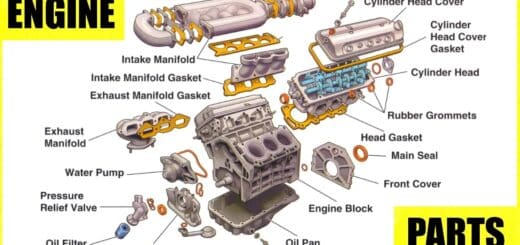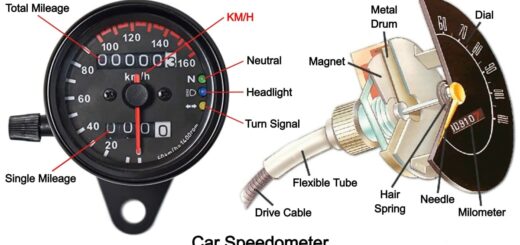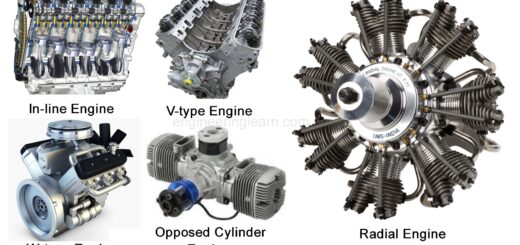8 Types of Car Seats – Benefits of Car Seats and Tips for Buying a Car Seat [Explained with Pictures]
![8 Types of Car Seats - Benefits of Car Seats and Tips for Buying a Car Seat [Explained with Pictures]](https://engineeringlearn.com/wp-content/uploads/2022/08/Car-Seats-1-1024x539.jpg)
Introduction
Types of Car Seats – Benefits of Car Seats and Tips for Buying a Car Seat [Explained with Pictures]: – The Safety and well-being of your child are fundamentally important for every parent. A car seat is one of the travel accessories which can ensure or guarantee the security and safety of your child in any vehicle. Utilization of a proper car seat while traveling with your child can keep him/her away from any mishap probabilities. parents typically accept that they are extremely cautious about their children’s security and are giving their best to keep them protected and safeguarded.
A car seat is the best protection you can get for your child while traveling. It helps in reducing the chance of deadly wounds because of accidents. Using a car seat, likewise, called a kid security seat, is the most ideal way to safeguard your children when they’re in a vehicle. Car seats and restraints frameworks can help your child not be thrown forward and hence plays a significant part in reducing the seriousness of injury and chances of survival in the event of a car crash or when involved in a mishap.
Benefits of Car Seats
1. Child Safety and Security
Parents are restrained via safety belts, which can save them if there should be an occurrence of mishaps. On the non-availability of a car seat, Children are generally in the lap of their parents or the back seat without child security. A car seat won’t just safeguard the child in case of any mishap yet additionally when sudden brakes are applied.
2. Comfort
You would rather not think twice about the comfort of your child. The rear seat of the car is huge for the youngster. You don’t want the kid to slide through the seat with each turn. A car seat can take care of this issue. The kid can cuddle in the car seat and enjoy the family ride. A blissful and comfortable kid is more significant to deal with.
3. Assurance for Parents
Parents are always worried about the safety and security of their children. Regardless of whether the kid is in the co-pilot’s lap, there is apprehension among parents in regard to the security of their child. A car seat liberates parents from all such concerns and enables both the parents and the kid to enjoy their ride. With this assurance, the parent can focus on their driving.
4. Convertible Child Transporter Container
If you are going out and your baby sleeps in the car, you don’t need to worry about waking the kid while moving out of the car. You simply need to uninstall the car seat and take it alongside you while your child sleeps comfortably.
Types of Car Seats
1. Infant Car Seat: ( Types of Car Seats )
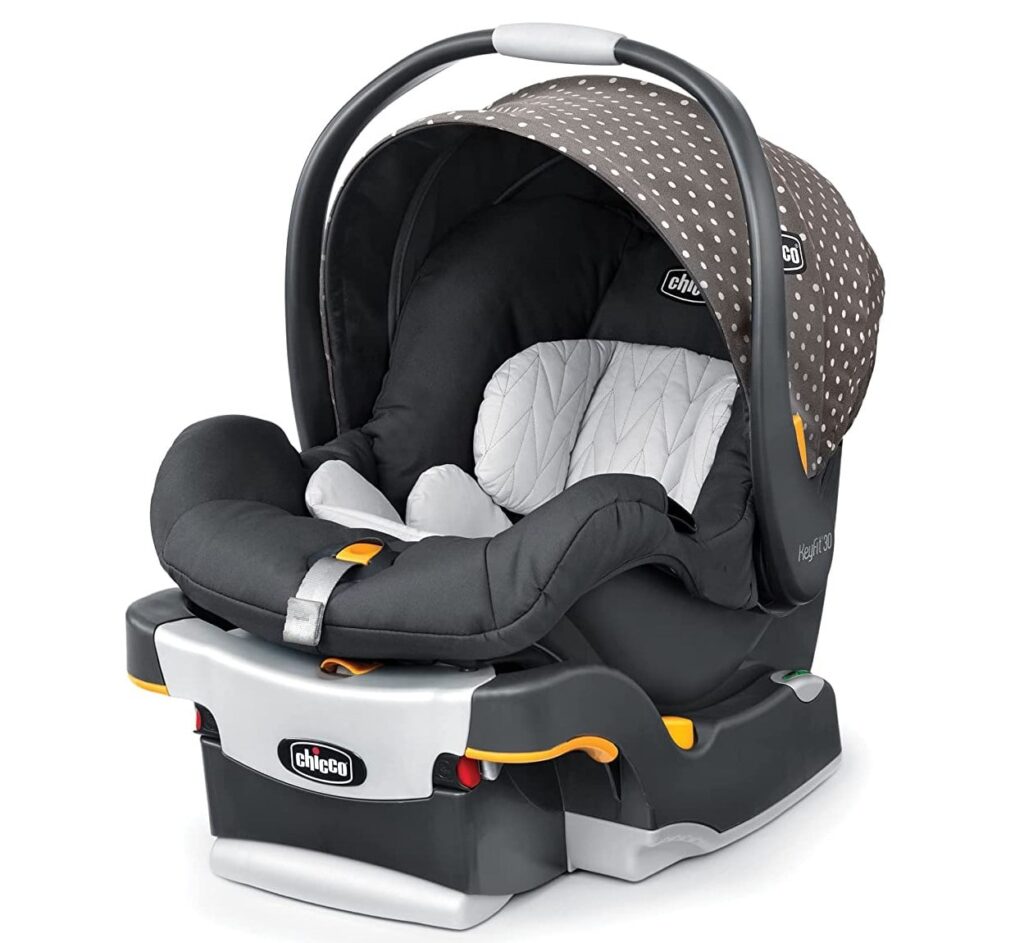
A child car seat or Infant car seat is a rear-facing seat that doubles as a carrier. This is usually used for babies up to 1 year of age, after which your child will need a larger seat that can support their growing size and weight. While child car seats can accommodate children up to 24 months, most children will outgrow this seat by their first birthday, so it’s important to be aware of their height and weight limits. Infant car seats attach directly to the car or through the base.
The advantage of these car seats is that multiple bases can be purchased for multiple cars, meaning the seats can be easily moved between vehicles. Infants should leave the hospital in a rear-facing car seat. You need to be instructed properly to make sure the seat is properly installed.
2. Convertible Car Seat: ( Types of Car Seats )
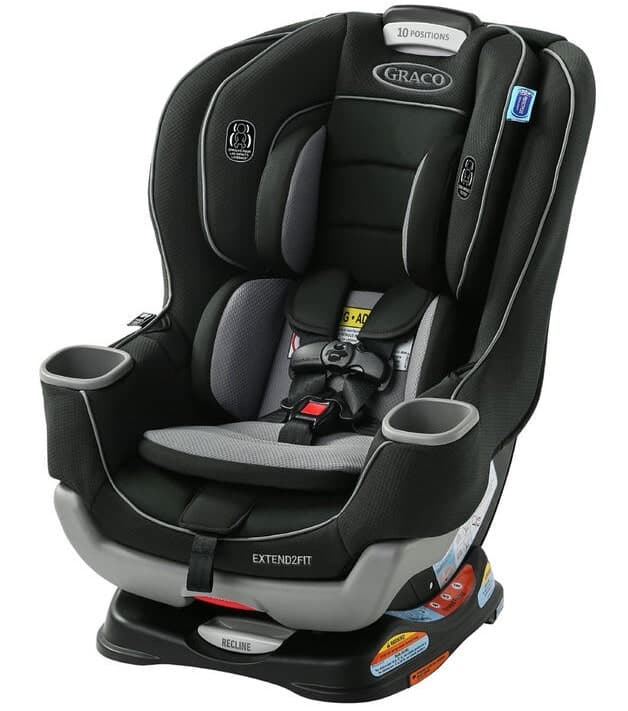
A convertible car seat is a rear-facing seat that can be converted into a forward-facing seat once your child doesn’t have to look back. Since these seats can be converted to front facing when your child is old enough, they are more efficient than buying a car seat by simply changing them within a year. A convertible car seat is larger than a child seat and is permanently installed in the vehicle, making it less portable than a child car seat. They also can’t be used as luggage racks. So if you are looking for something light and portable, a convertible car seat might not be the best choice for you and you can look for some other options.
3. Combination Car Seat: ( Types of Car Seats )
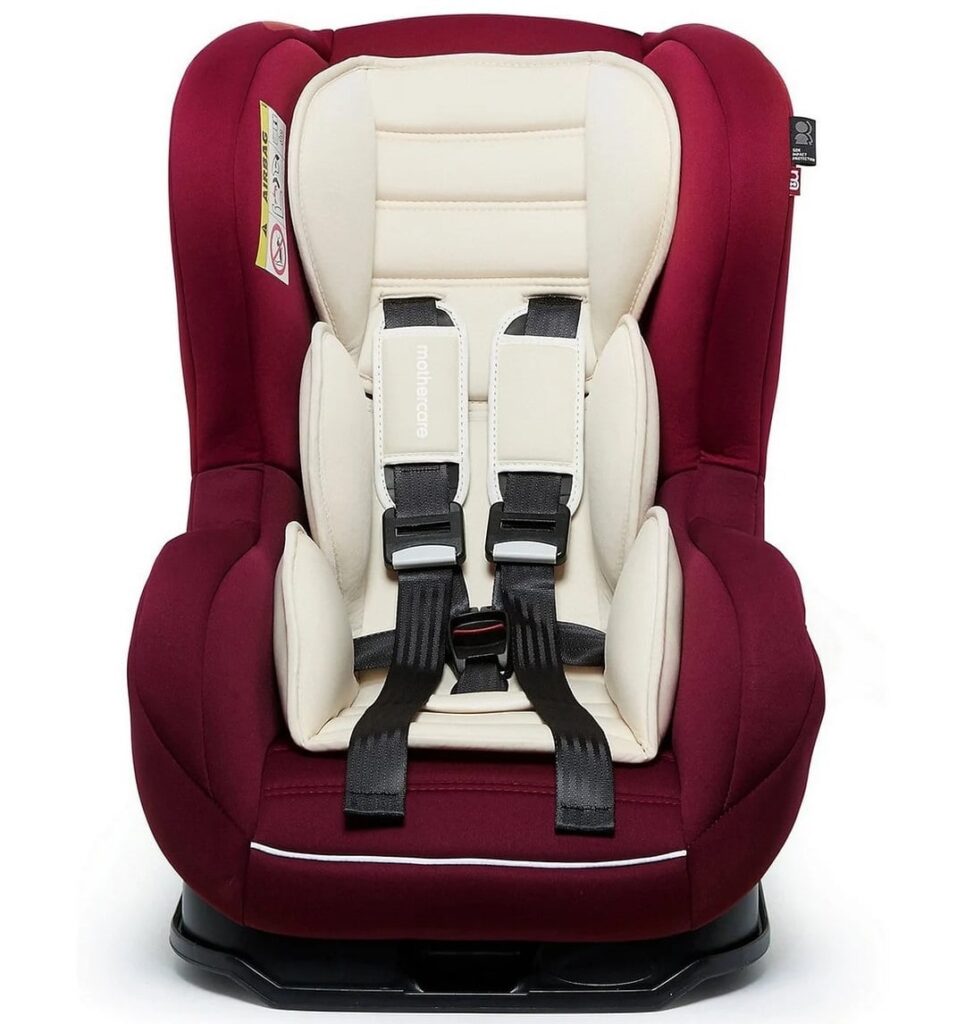
For growing children who need a front seat, combination car seats can be converted into booster seat when the time comes. They have straps that can be attached when the seat is used as a front-facing seat. Straps can be removed to use the seat as a booster seat only.
4. Booster Seat: ( Types of Car Seats )
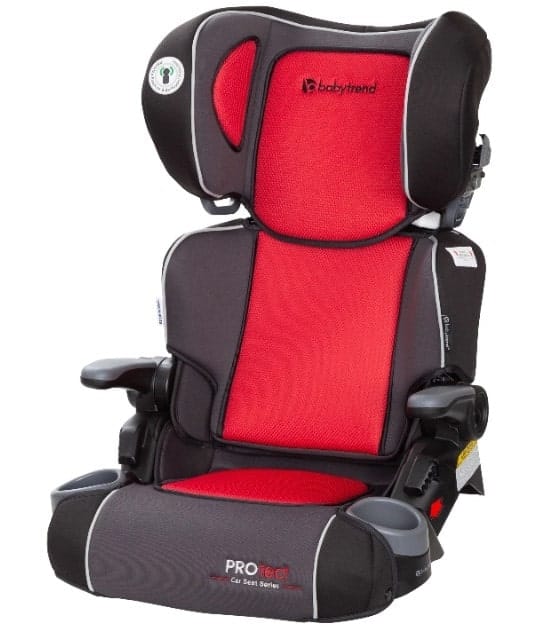
The Booster seats are used during the transition from using a car seat to not needing any car seat. They are the only forward-facing seats that can be used until the child is old enough to not need a car seat at all. Booster seats can use car seat belts or be equipped with their own seat belts or seat belts. It is currently recommended that children between the ages of 8 and 12 travel in a booster seat in the back seat of a car.
5. 3 in 1 Car Seat: ( Types of Car Seats )
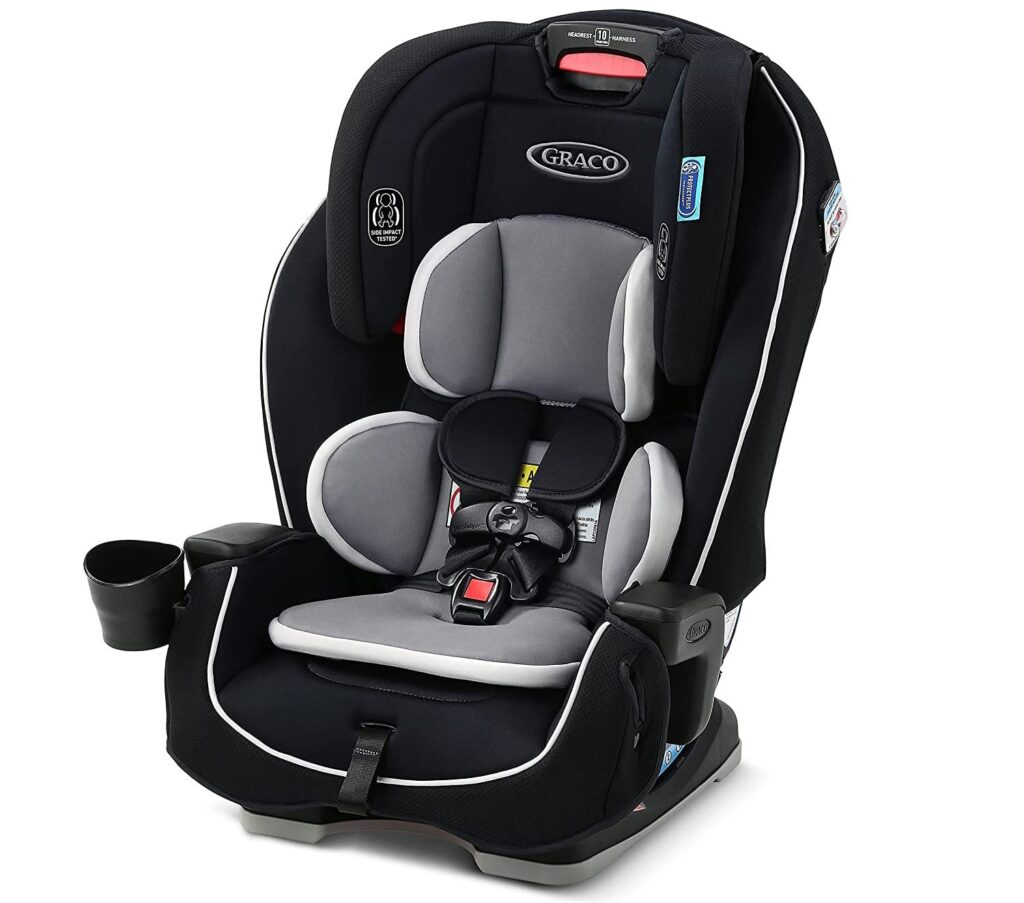
The 3-in-1 car seat can be converted from a rear-facing car seat to a forward-facing car seat and a high-back booster seat. The advantage of these seats is that they can be used whenever your child needs a car seat, so you can save costs and adapt to the needs of your growing child.
This seat usually cannot be used as a baby carrier because it does not have any handle. The rear-facing position can usually support babies up to 5 pounds, and the car seat can be converted or changed as per the growth of your child.
6. Infant-Only Seats (Birth to 22-35 Pounds)
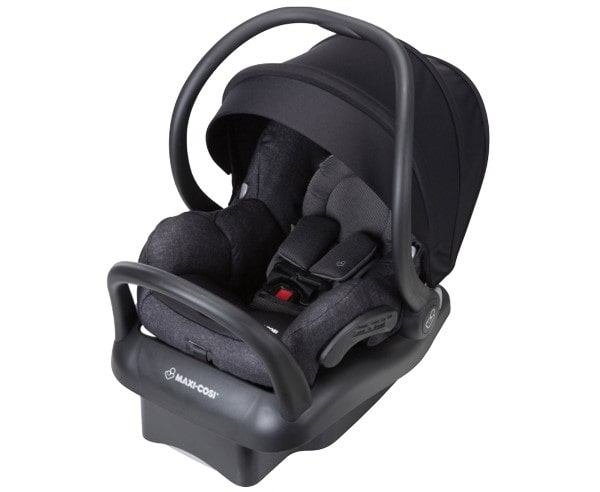
Infants or Baby seats are best for newborns and smaller babies. You will need to buy another seat when your baby is older. The infant seat is designed to protect babies from birth up to a weight of up to 35 pounds (about 16 kilograms), depending on the model.
The infant car seats should always be installed towards the rear of the car. A young child is much less likely to die or be seriously injured when sitting in a rear-facing chair. This is because the back of the car seat covers the baby’s head, neck, and chest in the event of an accident. At this age, the child’s neck is usually not strong enough to support the head if it falls.
7. Forward-Facing-Only Seats (20-80 pounds)
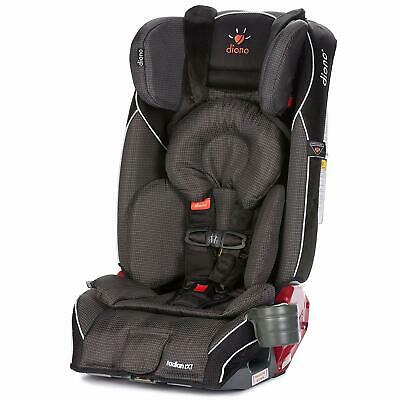
Another car seat on the list is forward-facing car seat. Forward-facing car seats are designed to protect children weighing 20 to 80 pounds (about 10 to 36 kilograms) or more, depending on the type of model.
All children who have exceeded the rear-facing height or car seat weight limits should use a car seat fully belted and facing forward for as long as possible. They should upgrade to a booster seat that relies on the car’s adult seat belt if they exceed the height and weight limits for their front-facing car seat.
Some cars have a built-in or integrated car seat. Like other front-facing car seats, the built-in child seats are intended for children who have outgrown their rear-facing car seats. Some will convert to a booster seat with a belt position. Weight and height limits vary, and if you further information u can check with a nearby dealer.
8. Isofix Car Seats: ( Types of Car Seats )
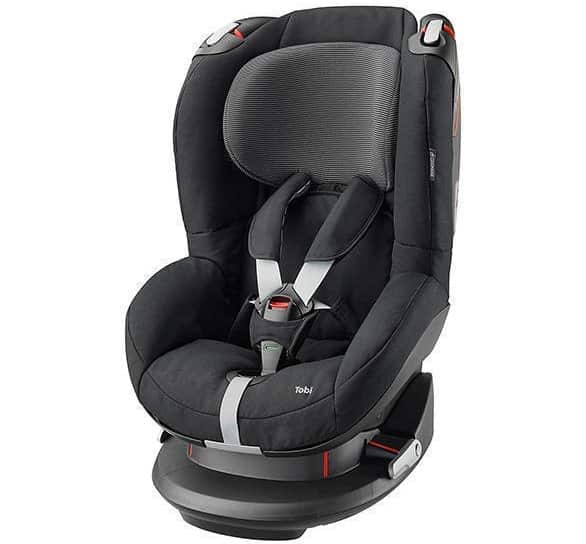
Tips for Buying a Car Seat
There are a few things to consider before buying a car seat: –
1. Consider the Cost
The price of car seats varies depending on the type and which brand you are purchasing them from. In general, multipurpose chairs such as station wagons, 3-in-1s, and convertible chairs are more costly but last longer than infant seats. First, you need to determine your budget and for how long you will need the seat. This will help you decide what type of seat you need to purchase.
2. Consider Your Child’s Height and Weight
Each type of car seat has a certain size and weight restrictions that must be adhered to. Likewise, each state has different car seat safety laws regarding what age, weight, and height a child must be before they can switch from a car seat to a regular seat belt. The National Highway Traffic Safety Administration recommends that children use booster seats until they are 12 years old or over height and weight limits.
3. Gauge Available Space
The size of your car will affect the type of car seat you can buy. 3-in-1 car seats and convertible seats tend to be larger than infant car seats, so those with smaller cars are more likely to need to purchase a child car seat. Be sure to estimate how much space you have in the back seat of your car so you don’t have any problems after buying it.
4. Don’t Buy Used
Although thrifting has many advantages, you should always try to be purchased new car seats. A car seat that has been involved in any kind of accident, has some missing parts, or has been retracted can pose serious problems to its new owner. It is safer to buy a new car seat for your family and only your child will use it when he is in the car.
5. Make Sure to Register the to Available Space
Once you’ve selected and installed your car seat, it’s time to register it with the manufacturer. Registering your car seat will help you track recalls and He will guide you through the repair and installation process to keep your car seat safe for your child while traveling.
Conclusion
A car seat is one of those items that should be on your list when you start shopping for your newborn. Even if you are not planning a long trip or adventure, a car seat is a necessary travel accessory. Ideally, children under the age of 3 should be strapped or buckled up to a car seat. Since most parents consider car seats not so important or extra baggage, they play a very vital role in the safety and security of your life as well as of your child. As with many safety measures, the value of a car seat only materializes in the event of an accident. But car seats save lives in a way that we as parents can’t – and that’s a fact.
